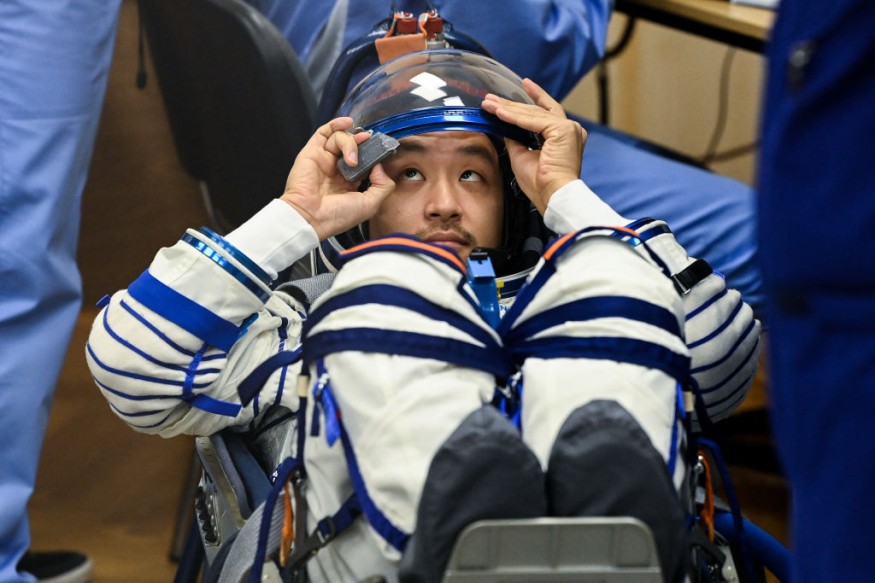NASA officials recently confirmed that the aging shuttle-era spacesuits onboard the International Space Station has recently been declared "no-go" for the functioning, usually planned spacewalk, pending evaluation to identify what resulted in excess water into an astronaut's helmet during an excursion in March.
A Futurism report said that such a defect is that the suits' helmets continue filling with excess water, a possibly life-threatening situation astronauts have been combatting on multiple occasions.
That's not good!https://t.co/yBcSL4dxtR
— Futurism (@futurism) May 18, 2022
NASA reported that the large and bulky suits referred to as "extra-vehicular units" or EMUs are not entirely off the table and could still be utilized in emergencies.
According to the deputy manager of the space station program, Dana Weigel, from the Johnson Space Center, until the causal factors might have been during the last EVA with the EMU have been understood better, "We are no-go" for a minor extra-vehicular activity.
Therefore, he added, the agency won't do a planned EVA until they've had a chance to solve "and rue out major system failure modes."

Water Drenching Helmets in Astronauts' Spacesuits
This news comes after some astronauts needed to deal with water that drenched their helmets. More so, a spacewalk in 2013 needed to be cut short, for example, after the helmet of Luca Parmitano, an astronaut from the European Space Agency, started filling with excess water.
Parmitano was in real danger of drowning, with water covering his eyes, ears, and nose, a NASA report filed during that time reported.
Since then, the American space agency has begun to use sponges known as helmet absorption pads in the helmet's back part to retain excess water to a minimum.
While Parmitano's encounter has yet to be repeated, Kayla Barron, a NASA astronaut, recently discovered water inside the helmet of Inside German Matthias Maurer after he had carried out a spacewalk in March, CBS News reported.
Helmet Absorption Pad
While the agency is working to resolve suit services to prevent such clogs in the future, NASA implemented two steps to help a spacewalker make it back to the airlock of the station in a similar emergency.
A helmet absorption pad, also called HAP, is now placed at the helmet's back part to soak up any excess water that might go to the headpiece, and a separate straw-like breathing tube was added to offer an unobstructed supply of air needed. To date, astronauts are reporting the status of their HAPs throughout a spacewalk.
According to a report from the Verified News Explorer Network, four spacewalks to continue upgrading the solar power system of the station had been planned tentatively for the rest of 2022, precisely, two in August, and another two in November, although such EVAs are currently on hold pending assessment of the suit of Maurer.
While such planned spacewalks are on hold, the official of the agency said a contingency EVA could be approved following the review and a "risk-versus-risk" assessment.
Depending on what has failed, Weigel explained. What the danger is to the spacecraft and the mission in general, they'll look at where they are with the investigation, where they are with the additional alleviations that they're putting in place. They'll particularly make a call based on the contingency and where they are at the given time.
Related information about surviving defective spacesuits is shown on How to Survive's YouTube video below:
RELATED ARTICLE : Growing Plants In Space: Astronauts Eats First Radish Grown in Space
Check out more news and information on Space in Science Times.












